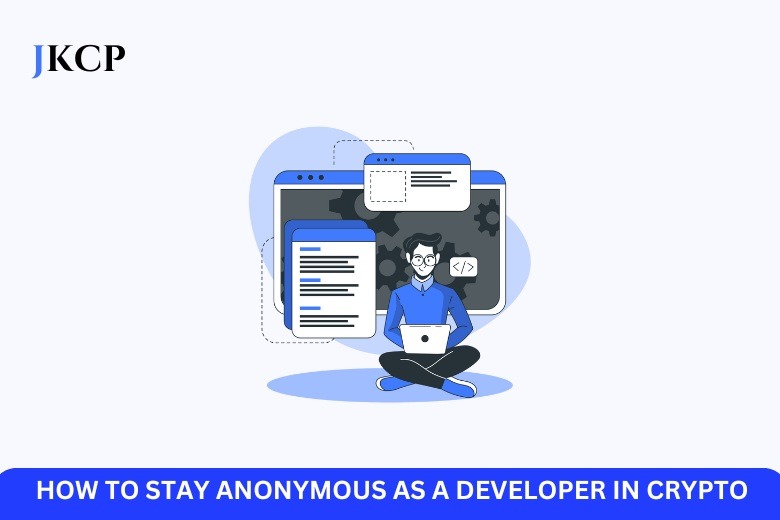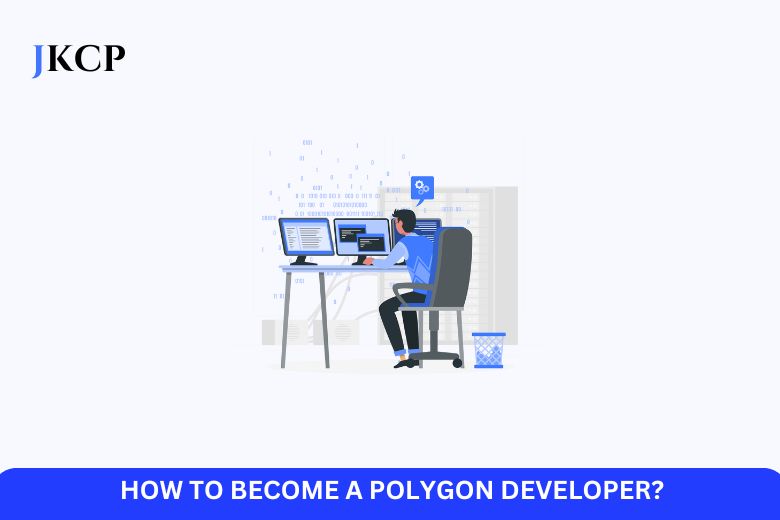How to Get Started with an On-Chain Resume
The world of job applications is rapidly evolving, and nowhere is this more evident than in the Web3 ecosystem. One of the most innovative developments in this space is the on-chain resume. If you’re looking to stand out in the competitive job market, especially in the tech-savvy world of blockchain and cryptocurrencies, building an on-chain resume could be your key to success. Here’s how to get started.
What is an On-Chain Resume?
An on-chain resume is a digital resume stored on a blockchain. Unlike traditional resumes, which are often static documents, on-chain resumes leverage the power of blockchain technology to create dynamic, verifiable, and secure records of a person’s professional achievements. This type of resume ensures that the information is immutable and can be easily verified by potential employers, making it a powerful tool in the hiring process.
Why On-Chain Resumes are Important
On-chain resumes offer several benefits that make them particularly appealing in the modern job market:
- Transparency: All entries on an on-chain resume are time-stamped and cannot be altered, ensuring that the information is transparent and trustworthy.
- Security: Blockchain technology provides a high level of security, protecting your resume from unauthorized changes.
- Verification: Employers can easily verify the authenticity of the credentials listed on an on-chain resume, reducing the chances of fraud.
- Accessibility: On-chain resumes can be accessed from anywhere, allowing for a global job search without the need to carry physical documents.
- Networking: Being part of the blockchain community can open up numerous networking opportunities with other professionals and companies in the space.
Steps to Create an On-Chain Resume
Building an on-chain resume might seem daunting at first, but with the right guidance, it’s a straightforward process. Here are the steps to get you started:
- Choose the Right Platform
There are several platforms available that support the creation of on-chain resumes, such as OpenSea, Gitcoin, and others. Research and choose a platform that fits your needs and professional background. For instance, if you are a developer, Gitcoin might be the best choice, while artists might prefer OpenSea.
- Set Up a Digital Wallet
To interact with blockchain platforms, you will need a digital wallet. Popular options include MetaMask, Trust Wallet, and Coinbase Wallet. These wallets will store your digital assets and credentials securely. Setting up a digital wallet involves creating an account, securing it with a strong password, and backing up your recovery phrase in a safe place.
- Collect and Verify Credentials
Gather all your professional credentials, including degrees, certifications, work experience, and any other relevant achievements. Many platforms allow you to verify these credentials through partnerships with educational institutions and professional organizations. Verification might involve submitting your documents for authentication or linking your wallet to credential-issuing institutions.
- Upload and Maintain Your Resume
Once your credentials are verified, you can upload them to the blockchain. Make sure to keep your resume up to date by regularly adding new achievements and experiences. Maintenance is crucial as it shows that you are actively engaged in your career and continuously improving your skills.
- Engage with the Community
Being active in the blockchain community can enhance your on-chain resume. Participate in relevant projects, contribute to open-source platforms, and network with other professionals. Engagement can lead to endorsements and recommendations that add value to your resume.
Tools and Platforms
Choosing the right tools and platforms is crucial for building an effective on-chain resume. Here are some popular options:
- OpenSea: Primarily known for NFTs, OpenSea can also be used to store and display professional achievements. It’s a versatile platform that supports various types of digital assets.
- Gitcoin: Ideal for developers, Gitcoin allows you to showcase your work and contributions to open-source projects. It provides a community-driven environment where your skills can be recognized and rewarded.
- 3Box: This platform offers decentralized storage for your personal data and can be used to build a comprehensive on-chain resume. It’s user-friendly and integrates well with other blockchain applications.
- Everipedia: Known for its blockchain-based encyclopedia, Everipedia also offers a platform for creating and maintaining on-chain resumes.
- Ceramic: Ceramic provides a decentralized data network for managing dynamic information. It’s a good choice for creating interactive and continuously updated resumes.
Each platform has its own set of pros and cons, so consider your professional needs and goals when selecting one. For example, if you prioritize a strong developer community, Gitcoin may be the best choice. For broader digital asset management, OpenSea could be more suitable.
Tips for Creating an Effective On-Chain Resume:
- Be Honest: Ensure all information is accurate and verifiable. Honesty is crucial because the transparency of blockchain makes it easy for employers to verify your claims.
- Keep It Updated: Regularly add new achievements to keep your resume current. An up-to-date resume reflects ongoing professional growth and activity.
- Showcase Unique Skills: Highlight skills and experiences that are relevant to the Web3 ecosystem. Focus on what sets you apart from other candidates.
- Network: Engage with the blockchain community through forums, social media, and professional networks. Networking can lead to valuable connections and opportunities.
- Endorsements: Seek endorsements from colleagues and mentors within the blockchain space. These endorsements can add credibility and value to your resume.
Conclusion
An on-chain resume is more than just a digital document; it’s a dynamic, secure, and verifiable record of your professional journey. By embracing this innovative approach, you can enhance your credibility and visibility in the job market. Start by choosing the right platform, setting up your digital wallet, collecting and verifying your credentials, and maintaining your resume on the blockchain. The future of job applications is here, and it’s on-chain. Get started today and take your career to the next level.



